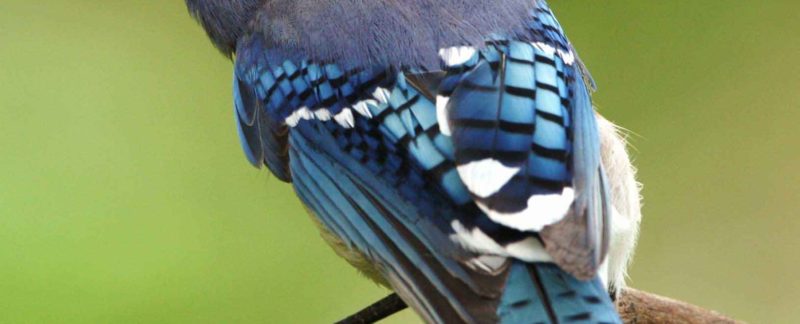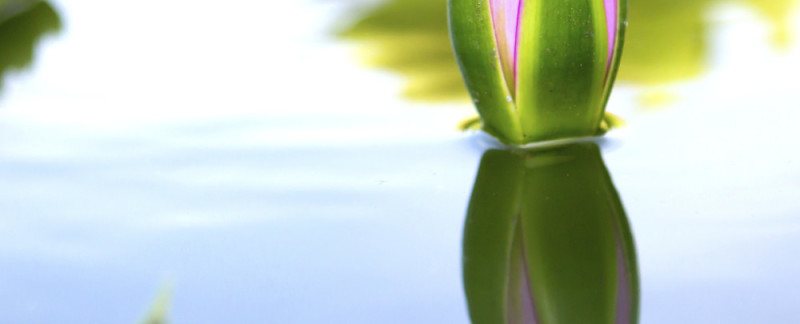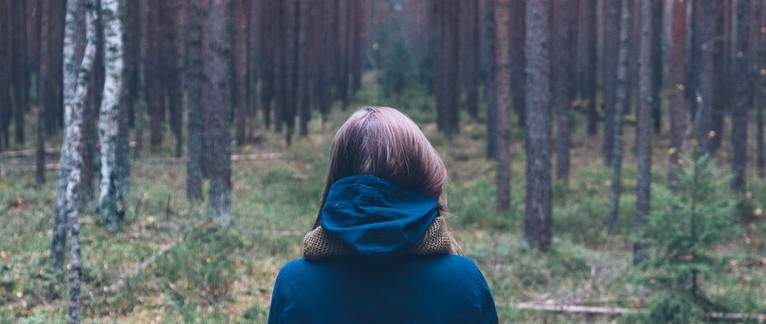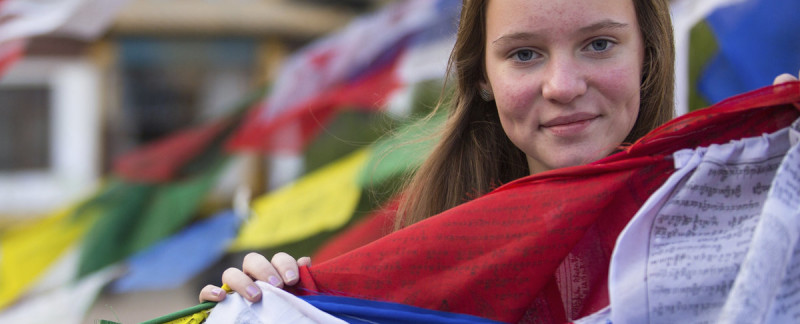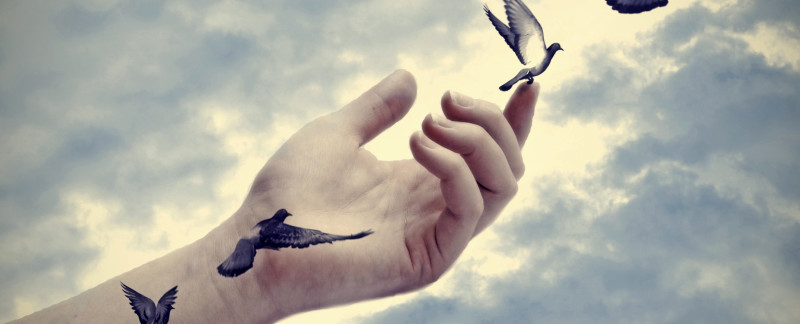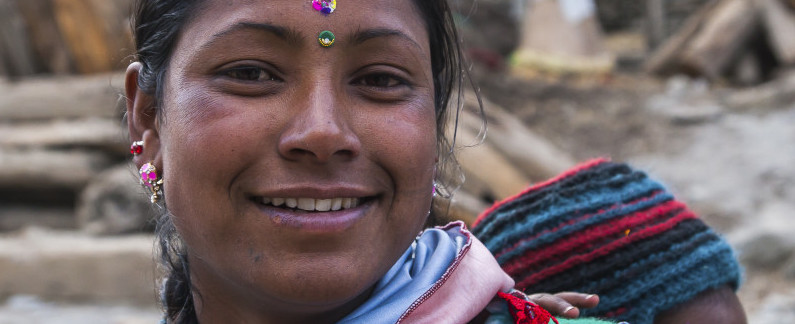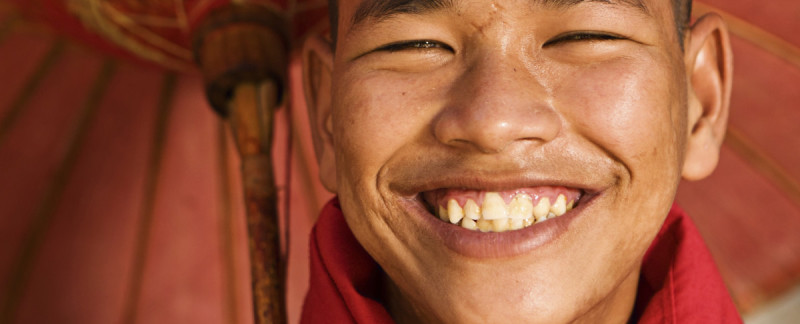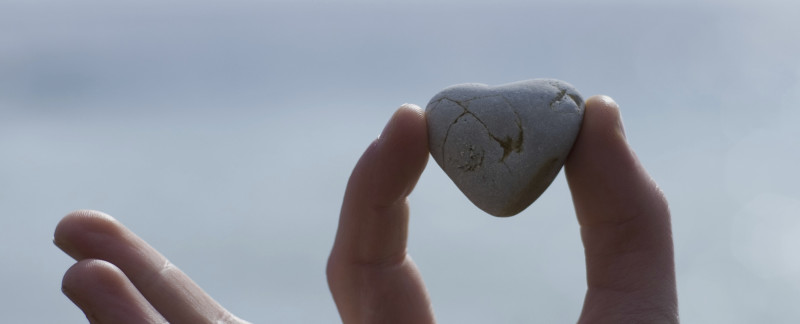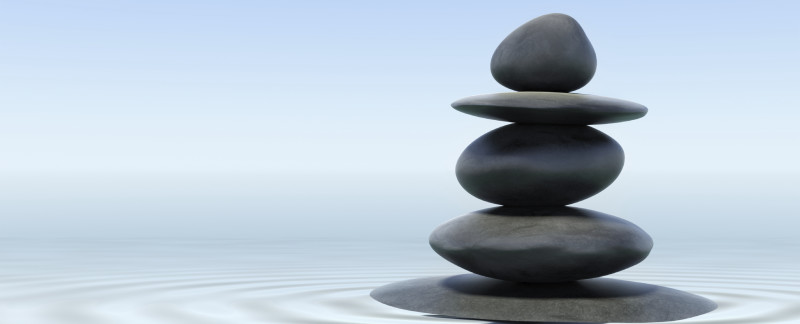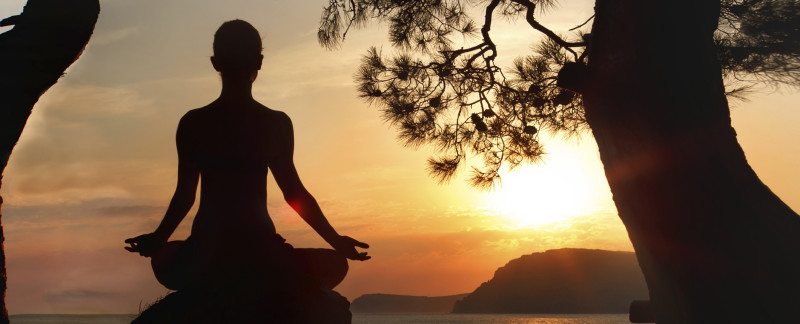It is no secret that this past summer produced the warmest temperatures on Earth in recorded history. Though this season’s wildfires in the North Bay have been dissolved amazingly quick thus far, and we’ve been blessed by the wind with only a few days of smoky air from the fires up north, I am still touched by the magnitude of the suffering being endured by many living beings across our planet as the intensity of the heat waves, floods, fires, hurricanes and other weather events escalate, causing tremendous harm to ecosystems and communities. I know I’m not alone in my experience and that many of you reading these words are also moved by the suffering and possibility of this moment on Earth.
How do we summon our courage and resilience? How do we practice not looking away from the planetary crisis, and become a part of the healing, without fear freezing into overwhelm, numbness and/or despair?
What I’m learning collectively from the teachings, teachers, activists, artists, poets and writers I lean into for inspiration and support in these times is that it is now more important than ever that we remember the following 3 things in our bones:
- The interconnected nature of everything – Where do you sense this in the body, and what practices and activities support you in remembering the truth of our interdependence with all life?
- What really matters? – What qualities do you long to grow, experience, and have live through you? Love, Resilience, Ease, Connection, Courage, Patience, Joy, Equanimity, Fierce Compassion?
- What helps you to feel rested and resourced? – What choices support your health and well-being? What types of practices, connections and support help to keep your life in balance and lessen stress? Including support in many forms, such as: people, animals, nature, food, water, beauty, air, poetry, art, writing, movement, meditation, exercise, a cup of tea, a warm bath, music, looking up at the stars, a good night’s sleep.
Our modern sages are pointing us to what we must remember: When we know we belong to this world, are in touch with our deepest intentions, and feel rested and resourced enough, we have a far better chance of being able to access our capacity to receive the teachings and intuitive wisdom that will likely be essential to live through this time of planetary crisis with resilience and grace. And, perhaps then, we can discover and embody our connection to our own sense of agency and allow these difficult times to empower us to play our part in the healing of ourselves, our families, our communities, and our world.
Ayya Santacitta shared in a recent newsletter that these words by Vaclav Havel give her great inspiration in the midst of uncertainty:
“Hope is not the conviction that something will turn out well. It is the certainty that something is worth doing no matter how it turns out.”
I couldn’t resonate more.
May our actions spring forth from this current of hope.
May we take good care of ourselves and one another, allowing our hearts to break fully when touched by loss, and remembering our love and gratitude for life itself and the breathtaking beauty of our dynamic, living world in need of our urgent care.
And, may we remember the truth of our belonging to this intricate web of life, and that, together with the help of this web we belong to, our collective intentions and actions can become a powerful force of healing, creative innovation, regeneration, and peace.


